Oxygen production might get the spotlight, but a healthy lawn offers a whole range of other benefits that often go unnoticed. When properly cared for, your grass acts like a natural support system — not just for your home, but for your whole neighborhood.
For starters, grass helps cool the air. Through a natural process called evapotranspiration (basically, grass releasing water into the air), a healthy lawn can lower temperatures by 7 to 14 degrees compared to asphalt or bare soil. That means cooler yards, more comfortable outdoor spaces and even lower air conditioning bills in the summer.
Your lawn also works like a giant air filter. Thick grass traps dust, pollen and other airborne particles, which helps improve air quality — especially helpful for people with allergies. Plus, grass can soften everyday noise by absorbing sound, making your yard a quieter, more peaceful place.
Underground, grass roots help hold soil in place, preventing erosion and reducing the amount of stormwater runoff. When water does soak in, it passes through layers of soil and microbes (tiny helpful organisms) that naturally filter out pollutants, helping keep streams and groundwater cleaner.
Lawns also help fight climate change. As grass grows, it pulls carbon dioxide from the air and stores some of it in the soil. This process, known as carbon sequestration, helps reduce greenhouse gases. And when you leave grass clippings on the lawn after mowing, you're putting nutrients right back into the soil, which boosts this effect even more.
On top of all that, lawns invite people to spend more time outside. Studies show that being in green spaces and spending time outdoors can boost mental health, reduce stress and help build stronger community connections. Even a small yard can become a place to relax, recharge and feel better.
All these benefits show that grass is so much more than just something nice to look at!


 Branch Finder
Branch Finder





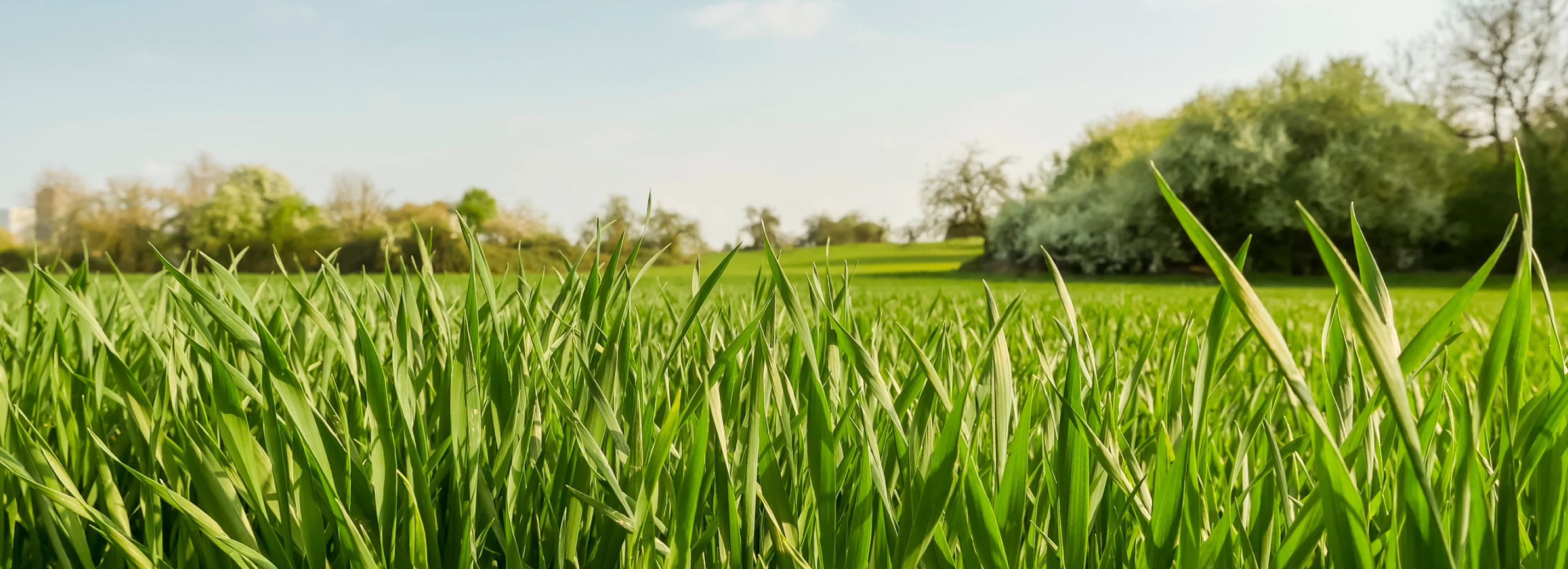




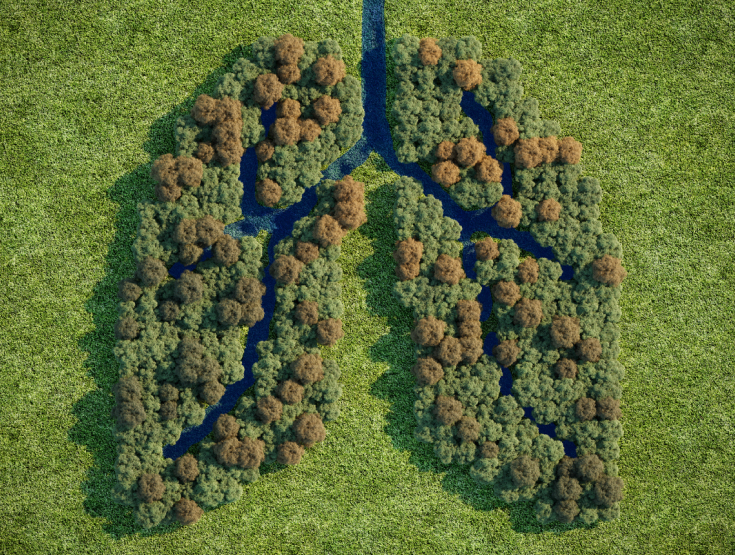
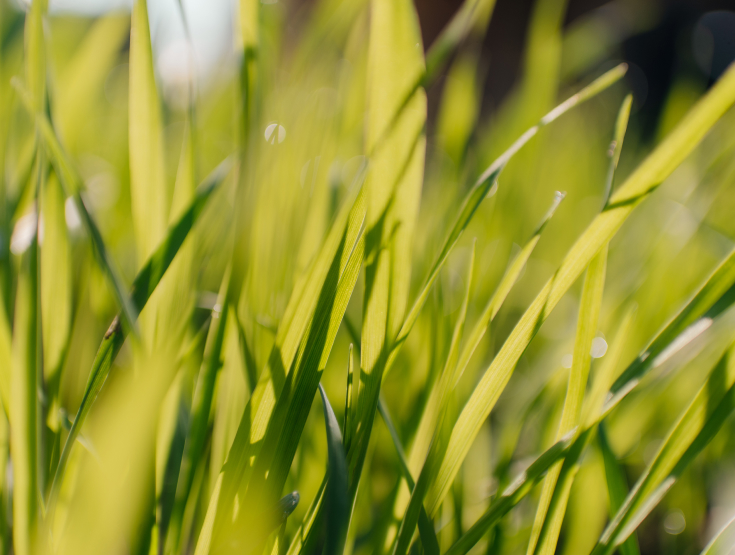
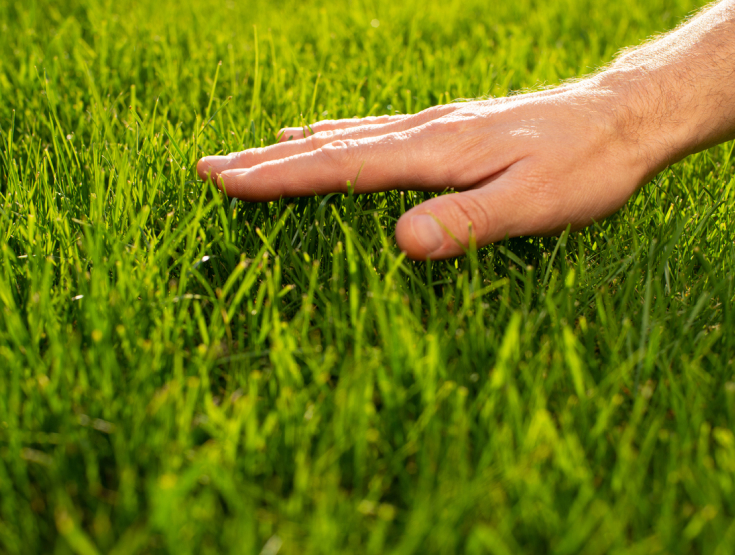

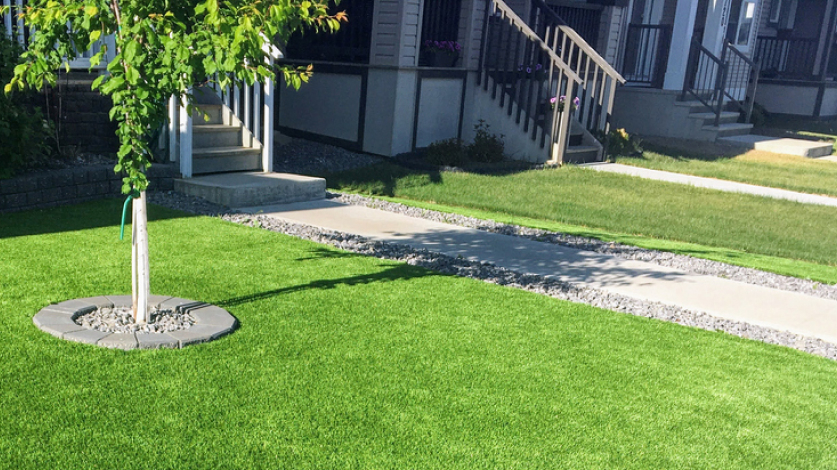

 Back to all blogs
Back to all blogs

Facebook
X
Youtube
Copy Link
Email